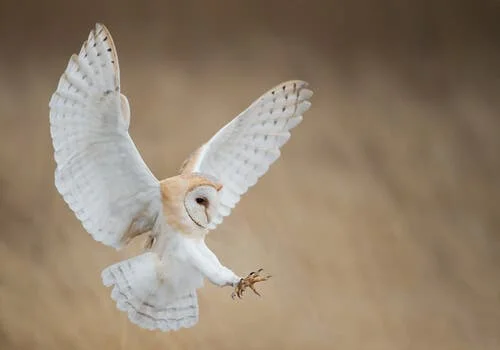University of Queensland researchers have meticulously analyzed over 3.8 million volunteer hours of birdwatching data to unveil Australia’s most enigmatic avian species.
Conducted by Louis Backstrom from UQ’s School of the Environment, the research highlighted the Coxen’s fig-parrot as the most elusive bird for Australian birdwatchers, drawing insights from the extensive eBird and Birdata databases.
Describing Coxen’s fig-parrots as diminutive, stocky, green parrots with very brief tails, Backstrom conveyed their historical presence in rainforests spanning from Bundaberg in Queensland to the Hastings River in New South Wales.
Remarkably, these elusive birds have been documented only once in every 81,000 citizen science bird surveys on the east coast of Australia, raising concerns about their potential extinction due to the scarcity of recent sightings.
Senior author Professor James Watson clarified that being on the ‘least known’ list doesn’t necessarily denote rarity. He emphasized that the list doesn’t solely represent species with the lowest populations or those facing extinction from human activities, as many rare and threatened species are already well-documented.
Watson highlighted the significance of the list, pointing out that it identifies Australia’s most challenging-to-find species, with some residing in remote and inaccessible locations and others being secretive or nocturnal.
The researchers anticipate that these insights will contribute to conservation efforts. Professor Watson noted the positive impact of their previous work in the Research and Recovery of Endangered Species Group at UQ, which aided conservation efforts for Australia’s night parrot, red goshawk, and Australian masked owl.
Expressing hope that the list will draw attention to species in need, Watson added, “Hopefully, we have also inspired bird lovers around the country to seek out these lesser-known, hidden gems.”
The findings of this research have been published in the international journal Emu. The research team expressed gratitude to individuals and organizations, including Rohan Clarke, Glen Ehmke, Birdlife Australia, CSIRO publishing, Mark Balman, and Birdlife International, for facilitating and permitting the use of data in the analysis.
